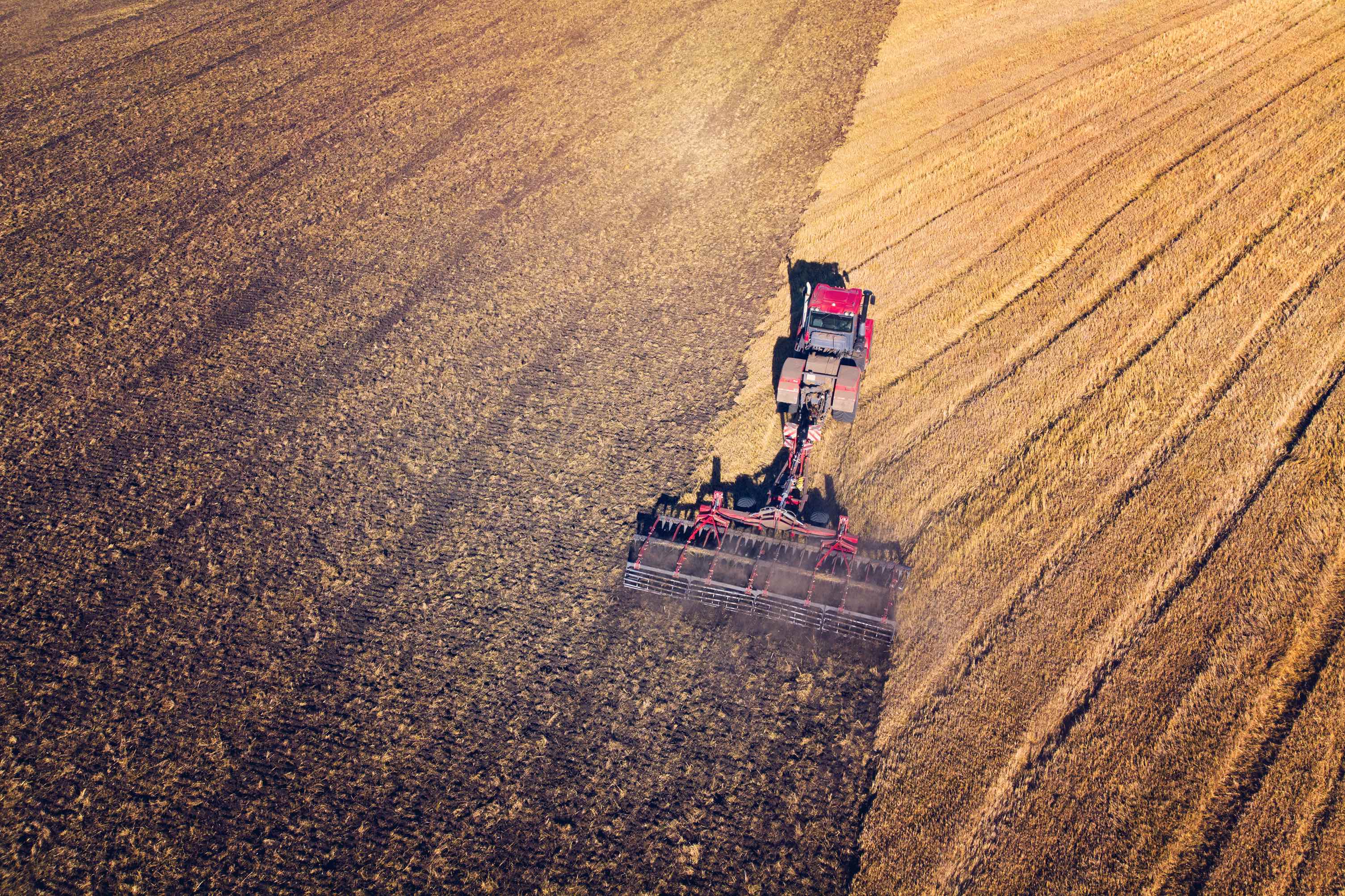Untangling food webs is the work of a lifetime. That’s why it’s so difficult to predict the effect of large scale inputs of chemicals into agricultural ecosystems. And some of these effects don’t become apparent for decades.
Long term effects
For example, the Haber/Bosch process is a little more than a century old. This is a catalytic process, invented by German chemists in the early 1900s, by which nonreactive nitrogen—the stuff that makes up most of the atmosphere—can be converted into ammonia, the basis of chemical fertilizers.
The development was one of the most important of the industrial age and is the mechanism by which the world’s billions are fed. Prior to this breakthrough, policy makers at the turn of the nineteenth century were looking forward to a world plagued by malnutrition and starvation. There was thought to be no way to raise agricultural production fast enough to feed the world’s rising population (about 1.6 billion in 1900) with the relatively small amount of reactive nitrogen at hand in the form of animal manure and compost.
Who could have predicted in the first bloom of the use of these nitrogen fertilizers the eventual consequences? These include oceanic dead zones utterly depleted of oxygen by rivers saturated with agricultural runoff. According to Scientific American, there were 49 such dead zones identified in coastal waters around the world in 1960. A study conducted in 2008 found there are now more than 400.
Vaclav Smil, PhD, a professor emeritus at the University of Manitoba in Canada, is one of the first researchers to have sounded the alarm about excessive nitrogen use. In addition to the runoff problems, he said excess nitrogen also can contribute to the greenhouse effect and can work over time to demineralize soils.
Glyphosate use accelerating
Similarly unintended (or hidden, perhaps?) consequences can be ascribed to the use of many pesticides and herbicides, including glyphosate. The use of this herbicide, marketed by Monsanto as RoundUp, has been accelerating rapidly in recent decades. Recent studies have shown that by 2020, worldwide glyphosate use is expected to hit 1 million tons per year. Another study shows that in the US, the rate of growth has been accelerating. Between 1995 and 2004, glyphosate use grew by 356%. Between 2005 and 2014, it grew by 637%.
Studies have shown that plants exposed to high levels of CO2 grow faster, but contain fewer nutrients. The same appears to be true of crops treated with glyphosate. One of the side effects of this heavy usage, which now includes spraying fields to desiccate the crops prior to harvest, is a lowered microbial diversity in the soil.
Committing to true sustainability
MegaFood and its parent company Food State is one organization that has been putting its money where its mouth is in terms of its sustainability message. Bethany Davis, MegaFood's director of advocacy and government relations, said supporting soil health has now become part of the company’s core mission. And getting the word out about the side effects of high glyphosate usage is part of that effort.
“People know about gut microbiome. They understand the importance of that. But the same thing is true of the soil,” Davis told NutraIngredients-USA.
Davis and others maintain that soil rich in a full suite of microbes, fungi and viruses functions better in many ways. Plants grown in such soils are more nutrient dense, and soils with diverse, robust microbiomes absorb and hold more water, easing runoff and drought concerns.
And a key point that figures into the climate change debate: Rich soils store much more carbon than do their depleted counterparts.
Regenerative solution
Regenerative agriculture is the catchphrase for practices that have topsoil health, replenishment and, ultimately increase as a core principle. It goes a step beyond organic, which is mostly about acceptable inputs, to take a holistic view of the agricultural ecosystem. The need to address topsoil loss is illustrated by a 2011 report by the Environmental Working Group that highlighted data from the Iowa Daily Erosion Project coordinated through Iowa State University. The project estimated that agricultural fields in 440 townships encompassing 10.1 million acres may have suffered erosion at rates greater than the statewide average and that eight townships encompassing 184,000 acres experienced utterly disastrous average erosion rates exceeding 50 tons per acre.
“I like to joke that the reason why any of us are here is that there are six inches of soil and it rains sometimes,” Davis said.
“Our food is about 50% less nutritious on average than it was 40 or 50 years ago. Regenerative agriculture is integrally linked to nutrition. That is one of the reasons we stand for it, and it is confusing that so few people in our space stand for it,” she said.
Dietary supplement companies might observe that the sum total of ingredients used in our industry hardly amounts to skimming the froth from a huge vat of milk when talking about the large scale effects of agricultural practices. They are mere derivatives, in other words.
But, as the sellers of derivative mortgage securities discovered in 2008 and 2009, when the underlying market is unhealthy, everyone, even the bit players, suffers. For dietary supplement companies touting a sustainability message, being part of the solution seems to be the place to be, rather than sitting on the sidelines.

